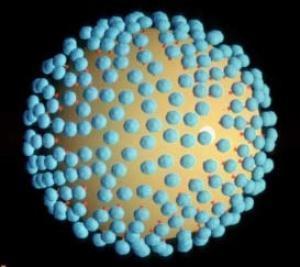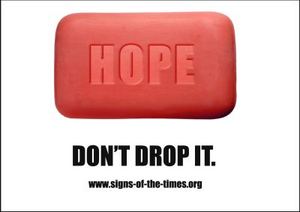Global Cooling comes back in a big wayDr. Kenneth Tapping is worried about the sun. Solar activity comes in regular cycles, but the latest one is refusing to start. Sunspots have all but vanished, and activity is suspiciously quiet. The last time this happened was 400 years ago -- and it signaled a solar event known as a "Maunder Minimum," along with the start of what we now call the "Little Ice Age."
Tapping, a solar researcher and project director for Canada's National Research Council, says it may be happening again. Overseeing a giant radio telescope he calls a "stethoscope for the sun,"
Tapping says, if the pattern doesn't change quickly, the earth is in for some very chilly weather.

